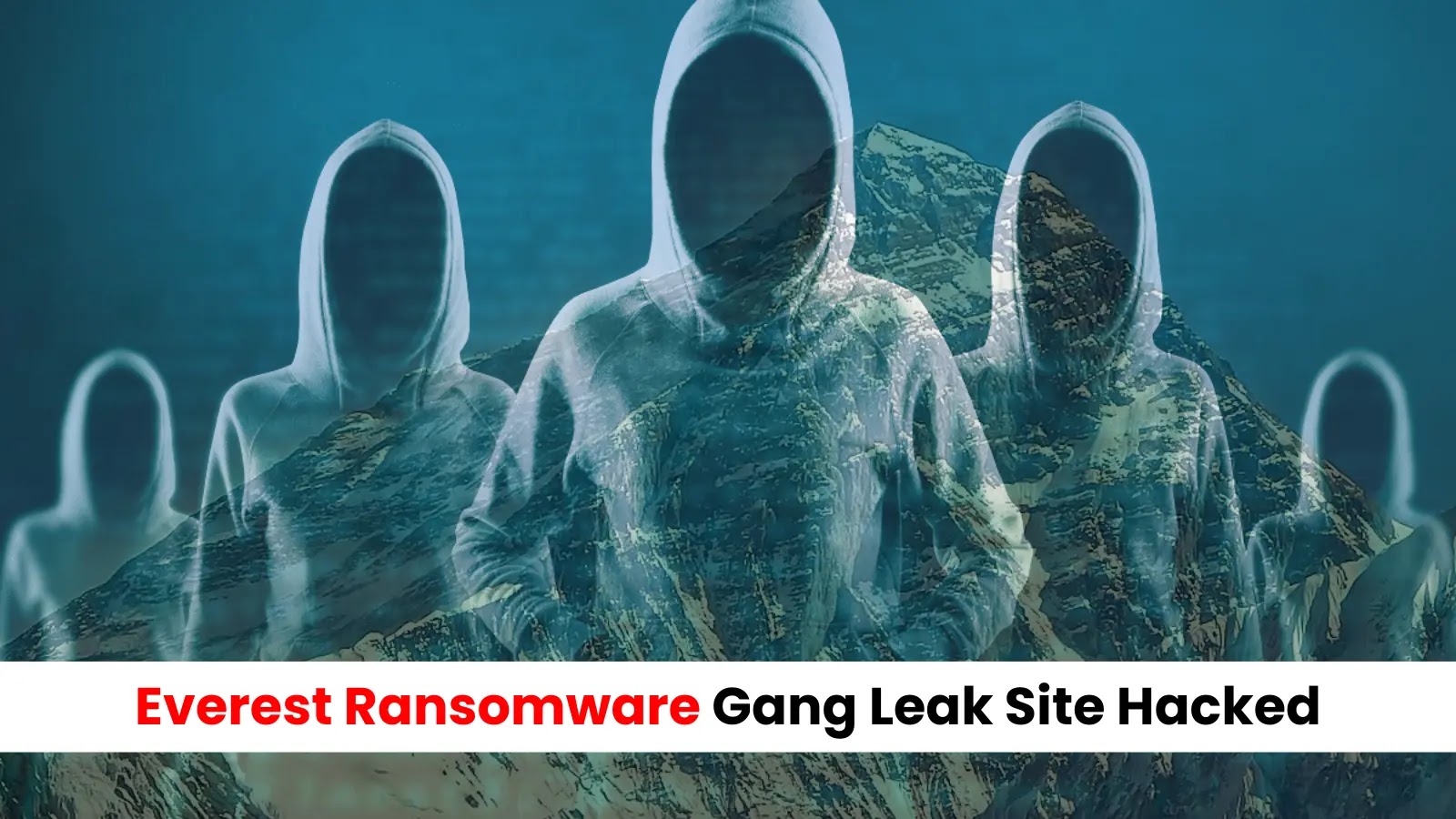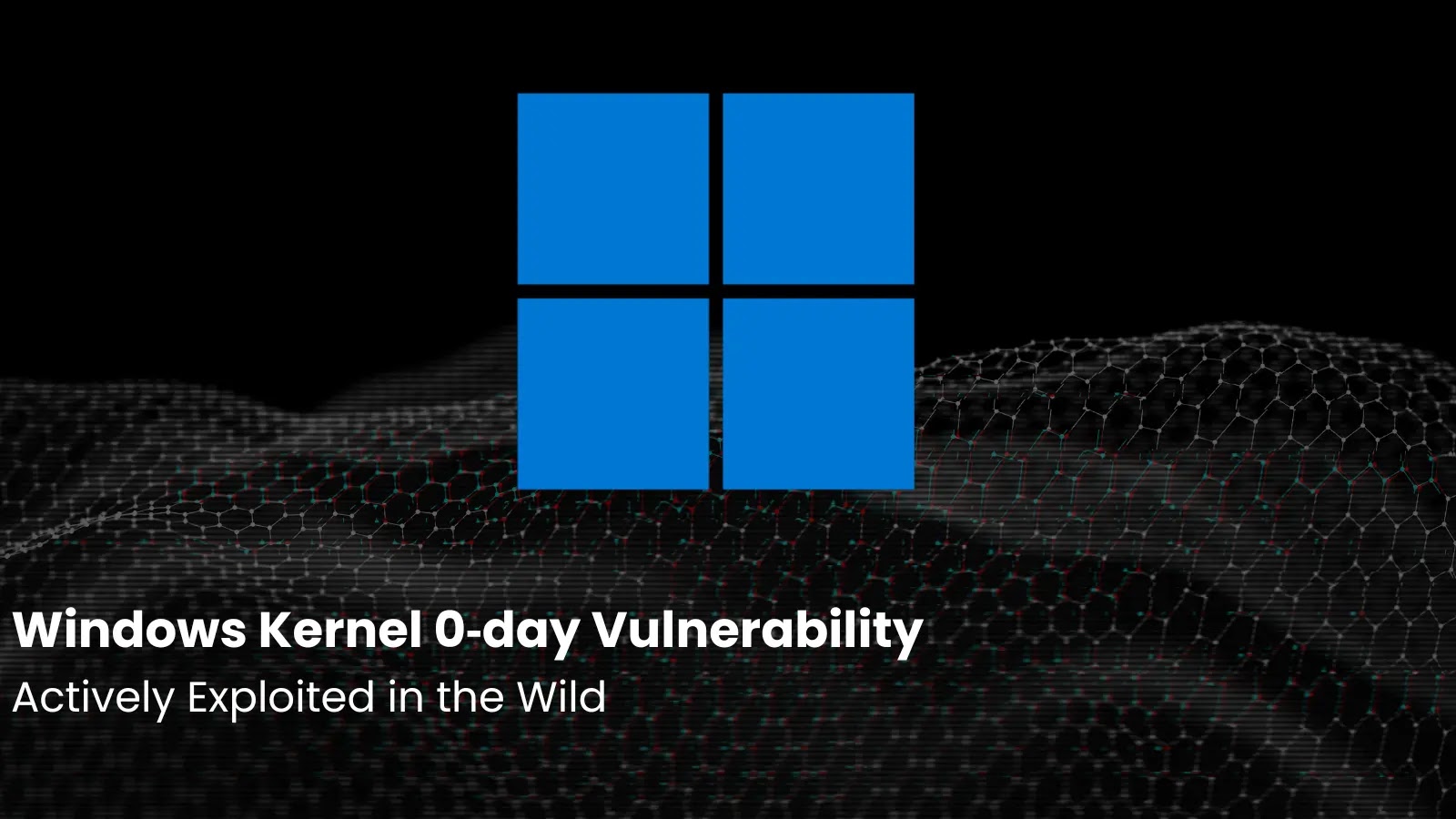In a surprising turn of events, the Everest ransomware gang, a cybercriminal organization with Russian ties, found its dark web leak site compromised and defaced over the weekend. The site, typically utilized to publish stolen data as part of the gang’s extortion strategies, was replaced with a stark message: “Don’t do crime, CRIME IS BAD xoxo from Prague.”
As of now, the defacement remains visible, prompting cybersecurity experts to speculate on whether the attackers also accessed sensitive data stored on Everest’s servers. This incident underscores the vulnerabilities that even sophisticated criminal groups face in the ever-evolving cyber landscape.
Who Is the Everest Ransomware Gang?
Established in December 2020, Everest has rapidly gained notoriety for its high-profile attacks on organizations worldwide. The gang has claimed responsibility for breaches at NASA, the Brazilian government, and cannabis retailer Stiizy, where it allegedly stole personal data from over 420,000 customers.
Everest employs advanced techniques to infiltrate networks, including exploiting compromised credentials and leveraging Remote Desktop Protocol (RDP) for lateral movement. Their toolkit includes:
– ProcDump: Used for memory dumping to extract sensitive information.
– SoftPerfect Network Scanner: A tool for network discovery and mapping.
– Cobalt Strike Beacons: Employed to maintain persistent access within compromised systems.
Initially focused on encrypting files and demanding ransoms, Everest has recently shifted toward functioning as an Initial Access Broker (IAB). This business model involves breaching corporate networks and selling access to other threat actors for subsequent attacks.
The Defacement Incident
The defacement of Everest’s leak site marks a rare instance of cybercriminals being targeted by hackers themselves. The site, hosted on the Tor network at ransomocmou6mnbquqz44ewosbkjk3o5qjsl3orawojexfook2j7esad.onion, plays a critical role in Everest’s double extortion strategy. By publicly naming victims and leaking stolen data, ransomware gangs increase pressure on organizations to pay hefty ransoms.
Security experts believe that the attackers exploited vulnerabilities in Everest’s web infrastructure, potentially gaining access to their command-and-control (C2) servers. However, it remains unclear whether the breach extended beyond defacement to include theft of sensitive internal data.
Dynamics in Ransomware Attacks
The attack on Everest’s infrastructure comes amid shifting global ransomware trends. While ransomware and extortion attacks have risen overall, recent reports indicate that victim payments dropped significantly during 2024. This decline is attributed to businesses adopting stronger backup strategies and refusing to negotiate with attackers.
Law enforcement agencies have also ramped up efforts against ransomware groups, successfully disrupting the operations of major players like LockBit and Radar in recent months. However, experts caution that criminal groups like Everest often rebuild their infrastructure or rebrand under new identities after setbacks like this one.
The defacement of Everest’s leak site serves as a reminder that even sophisticated cybercriminal organizations are not immune to attacks. While this incident may temporarily disrupt Everest’s operations, cybersecurity researchers warn that the group could quickly recover or adapt its tactics.
The identity of the Prague-based hackers responsible for defacing Everest’s leak site remains unknown. Their motives are also unclear, leaving the cybersecurity community to ponder whether this act was a vigilante effort, a rival gang’s handiwork, or an independent hacker’s statement against cybercrime.
Implications for Cybersecurity
This incident highlights the complex and often ironic dynamics within the cybercriminal ecosystem. It also underscores the importance of robust cybersecurity measures for all organizations, including those operating outside the law. For legitimate businesses, this event serves as a reminder of the ever-present threats in the digital landscape and the need for continuous vigilance and adaptation.
As the situation develops, cybersecurity professionals will be closely monitoring for any signs of Everest’s resurgence or changes in their operational tactics. In the meantime, the defacement stands as a symbolic victory against cybercrime, albeit one shrouded in mystery and unanswered questions.



